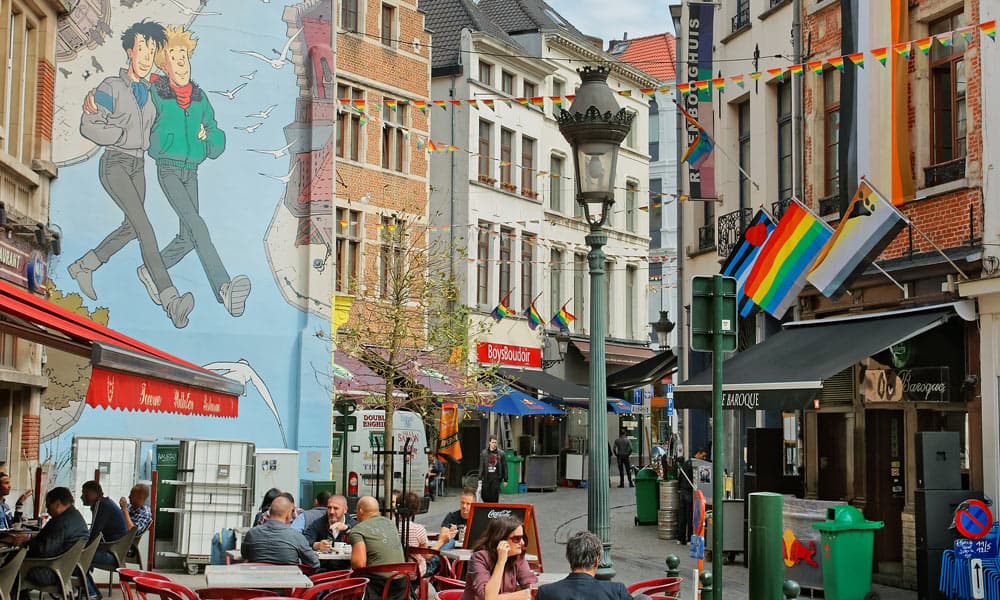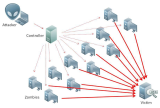
Zug continues to lead the pack as Switzerland’s most competitive canton, followed closely by Basel-City and Zurich, according to the latest UBS Cantonal Competitiveness Indicator (CCI).
At the other end of the scale, Graubünden ranks last.
The CCI looks at 57 factors that influence a canton’s long-term economic prospects, ranging from infrastructure to the labor market. The top canton scores 100 points, with others ranked proportionally. A lower score doesn’t necessarily mean poor performance overall—just weaker competitiveness compared to the leaders.
Clear winners – and familiar laggards
The top three remain unchanged since the last survey in 2023: Zug (100), Basel-City, and Zurich. Vaud, Aargau, Geneva, Basel-Country, Lucerne, Schwyz, and Schaffhausen round out the top ten.
At the other end, little has changed: Graubünden (44), Valais (44), and Jura (33) hold the lowest spots. Geography plays a big role here—mountain regions like Graubünden struggle with accessibility and smaller markets for businesses.
Ticino makes small gains
Ticino climbed one place to 20th with a score of 52. Its economic structure is relatively strong (scoring 74), but the labor market drags it down—it ranks second-to-last in that category with a score of just 5.
The study also highlights differences within cantons. For example, Lugano shows better prospects than Bellinzona or Mendrisiotto, while Graubünden’s capital, Chur, is more dynamic than many surrounding areas.
What’s driving change?
Most shifts since 2023 stem from developments in the labor market and cost pressures. UBS notes that in more than half of Swiss cantons, the working population will stagnate or shrink in the coming decade—posing a major challenge for competitiveness.
Taxes, while still important, are losing some of their punch due to new OECD minimum tax rules. Yet an attractive tax system remains a key factor for businesses choosing where to settle. Increasingly, however, other costs—like housing shortages, rising rents, and higher electricity prices—are just as decisive.
Export risks on the horizon
The study also warns of risks linked to export dependence. With global trade barriers rising, some cantons are more exposed than others. Nidwalden and Neuchâtel, for instance, could be hit hard—nearly half of their exports go to the US, which has introduced new tariffs.
Meanwhile, larger hubs such as Zurich, Vaud, Geneva, Zug, and Basel-City are better positioned to withstand these global headwinds. Ticino and Graubünden rank mid-table in terms of exposure to trade risks. Photo by Baikonur, Wikimedia commons.








































